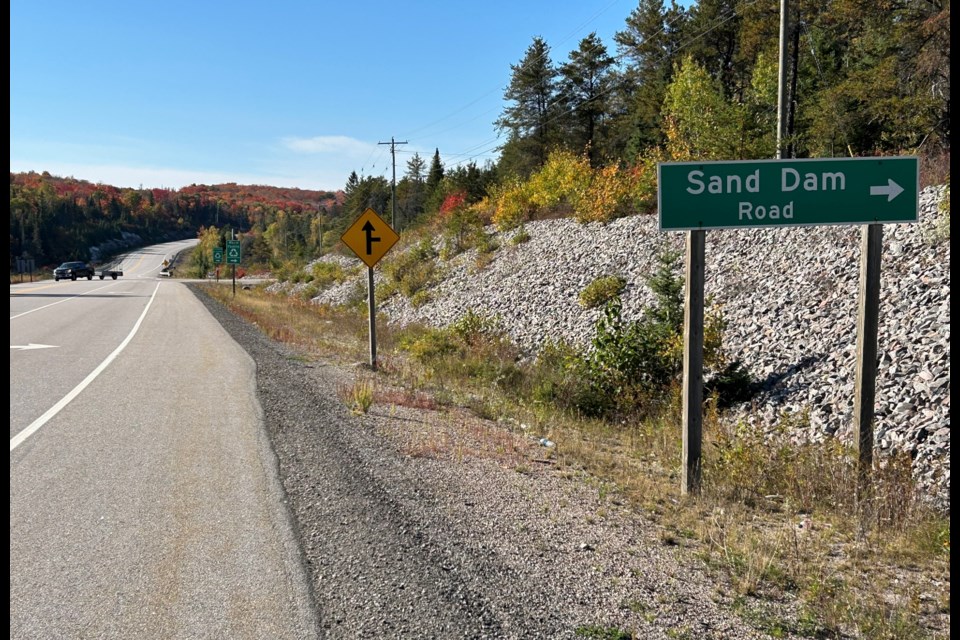A new study by Northern Policy Institute finds that the implementation of 2+1 roads in northern Ontario presents a lower-cost solution that brings similar or superior road safety than twinning.
The highway network in northern Ontario consists primarily of two-lane roads. "Such roads limit passing opportunities and produce high rates of serious and fatal collisions, especially on major roads with high traffic volumes. The typical approach to resolve these issues has been twinning – creating a four-lane road by building an additional road platform alongside the existing one," says the study released today.
This alternative solution could help address major gaps that still exist in the province's northern highway network, it says.
The Ontario government awarded a contract this summer to begin the environmental assessment and design work for a 2+1 highway on Highway 11, near Sand Dam Road, north of North Bay.
(Click here to read our story, Unique 2+1 highway initiative coming to Highway 11 North)
The project involves the design and environmental assessment of a 14-kilometre stretch of Highway 11 from Sand Dam Road to Ellesmere Road near North Bay's city limits.
The three-lane highway will incorporate a passing lane that changes direction approximately every two to five kilometres. The 2+1 highway model is used in other jurisdictions around the world.
Closing the Gap: How 2+1 Roads Can Save Time, Lives, and Taxpayer Dollars outlines an example of how this cost-benefit can play out.
Focusing on a stretch of highway between North Bay and Temiskaming Shores, for example, the paper finds that upgrading this road from two lanes to a 2+1 configuration would deliver a benefit-cost ratio of 1.01 over a 20-year period– jumping to 2.28 over a 40 year-period and to 3.64 over 60 years. For a project to be worthwhile, the benefit-cost ratio should be equal to or higher than 1.
"Additionally, 2+1 roads would provide benefits beyond improved safety," explains the study. "The addition of regular passing lanes and the reduced risk of serious collisions will result in fewer delays for motorists. This will save time for local motorists and reduce disruptions to national supply chains that rely on northern Ontario highways."
“Northern Ontario residents rely on the road network to get to family, their job, to seek specialized medical care, and more,” said author William Dunstan. “Introducing 2+1 roads would reduce their risk of encountering delays or being involved in a serious collision while using this essential infrastructure.”
The paper concludes that 2+1 should be introduced across much of the highway network in northern Ontario. Specifically, it recommends that:
- Most two-lane highways with annual average daily traffic between 3,000 and 20,000 vehicles should be upgraded to a 2+1 configuration, but prospective upgrades must be assessed on a case-by-case basis;
- Specific sections of highways where 2+1 is likely to provide a positive benefit-cost mix include Highway 11 from North Bay to just west of Hearst, and Highway 17 from Mattawa to Sault Ste. Marie.
Read the full commentary here.
